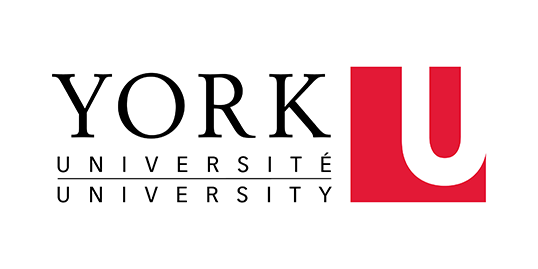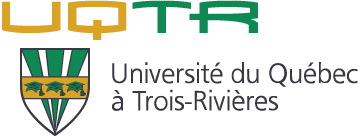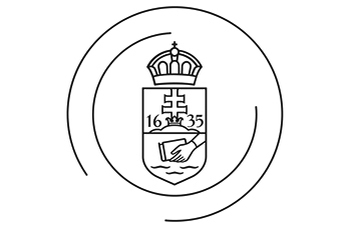Language, Diversity and Inclusion
2024 ONLINE Meeting of the Atlantic Provinces Linguistic Association
2024 ONLINE Meeting of the Atlantic Provinces Linguistic Association
This year's meeting will be held ONLINE in Gather A meeting link will be sent to all participants upon registration. A text only version of this website can be accessed here .
In 2015, the United Nations developed a " blueprint for peace and prosperity for people and the planet, now and into the future " by formalizing 17 Sustainable Development Goals. These goals seek to end poverty, improve health and education, reduce inequality, encourage economic development, tackle climate change, and preserve the earth's oceans and forests.
Following from this "blueprint" APLA 2024 serves to check the pulse on how linguistics and language-related fields of study have positioned themselves with respect to these goals.
In the spirit of building capacities for community engagement, APLA 2024 welcomes scholars and stakeholders from across the globe, from a variety of backgrounds to learn from each other and generate partnerships around their shared interests.
Academic participants must register for the meeting by becoming a member of APLA. An $8 technology fee is also applied to cover the costs of the Gather meeting platform. Members of the public are welcome and can attend by paying the $8 tech fee.
Total fees in Canadian dollars are:
Please send an e-transfer to aplaphotos332@gmail.com . In the message field include your full name and status (i.e. student/full-time researcher/community collaborator). Be sure to email Carmen (Treasurer, APLA-ALPA) the response to your security question (CarmenLeBlanc@cunet.carleton.ca). For participants who are unable to use e-transfer at their bank: please a send cheque or bank draft in Canadian funds to : Dr. Carmen LeBlanc, Treasurer, APLA-ALPA, Department of French, Carleton University, 1125 Colonel By Drive, Ottawa, Ontario, K1S 5B6.
October 25, 2024, 11:50am to 2:30pm NLT | Title | Presenter |
|---|---|---|
11:50 AM | Welcome | APLA 2024 Organizing Team |
12:00 PM | “There are no pronouns in the Constitution”: A political and sentiment analysis of pronoun discourse in social media | Michael Dow & Kelly Biers |
12:30 PM | Building Community: Vocabularies and Rituals Used to Define and Process Climate Grief by Politically Active Youth in Mi'kma'ki | Lilian Barraclough |
1:00 PM | Metalinguistic Awareness of BAG - raising | Lisa Sullivan |
1:30 PM | Ri, ŝli, and ĝi : Neopronouns and variation in Esperanto gender-inclusive language | Griffin Cahill & Katie Slemp |
2:00 PM | A Tolerance Principle analysis of rules for grammatical gender assignment in the acquisition of French as a first language | Maureen Scheidnes |
October 25, 2024, 3:00pm to 5:00pm NLT | Title | Presenter |
|---|---|---|
3:00 PM | Érosion et variation de l’italien parlé au sein de la communauté italienne de Montréal | Fabio Scetti |
3:30 PM | The Phonetics and Phonology of Twin Vowels in Esahie: A Case Study | Solomon Owusu Amoh |
4:00 PM | Positional variation of vowels in Jersey Norman French as a result of language contact with English | Jackson Wolf |
October 26, 2024, 10am to 2:30pm NLT | Title | Presenter |
|---|---|---|
10:00 AM | Annual General Meeting | |
11:00 AM | The Murray Kinloch Memorial Lecture: Reshaping the fieldwork paradigm: Lessons from a language survey project | Dr. Nicholas Welch, Canada Research Chair in Change, Adaptation and Revitalization of Indigenous Languages at Memorial University. |
<short pause> | ||
12:30 PM | Clipping as a Morphological Process in Akan | Jonas Agyemfra & Job Anane |
1:00 PM | L’alternance des auxiliaires au seuil du XXe siècle: L’exemple du nord-est du Nouveau-Brunswick | Basile Roussel, Jeffrey Lamontagne et Florence Trudeau |
1:30 PM | La recension des travaux en linguistique acadienne : Un bilan diachronique et rétrospectif | Laurence Arrighi, Basile Roussel, Isabelle Violette et Alexandra Snider |
2:00 PM | A Multimodal Critical Discourse Analysis of Murals on Former U. S. A Embassy in Tehran | Kourosh Karimi |
October 26, 2024, 3:00pm to 5:30pm NLT | Title | Presenter |
|---|---|---|
3:00 PM | Le français laurentien et son substrat breton | Stéphane Goyette |
3:30 PM | From Classroom to Community: Leveraging Translation Competence to Address Ecological Sustainability | Christof Sulzer & Marie Orieux |
4:00 PM | Remarks On The Phonemicity Of Some Selected Akan Consonant Segments | Isaac Nyarko |
4:30 PM | Complexities of Pronoun Deixis in Telugu | Ashrit Challa |
5:00 PM | Scottish Gaelic: The Curious Case of a Cleft-Like Construction | Gavin Bembridge |

Online Host of APLA 2024

Michael Dow & Kelly Biers, Université de Montréal

Lilian Barraclough, University of Guelph & Melanie Zurba, Dalhousie University

Lisa Sullivan, Oklahoma State University

Griffin Cahill & Katie Slemp, York University, Toronto, Canada.

Maureen Scheidnes, Memorial University of Newfoundland

Fabio Scetti, Université du Québec à Trois-Rivières and CIRM / McGill University Cette communication vise à décrire le lien entre pratiques langagières et représentations des langues au sein de la communauté italienne de Montréal, QC (Canada). L’objectif principal étant d’illustrer certains traits d’érosion des formes en italien parlé par les descendants de cette migration et observer l’influence des dialectes qui sont encore présentes dans les pratiques langagières, de nos jours, au sein de la communauté.

Solomon Owusu Amoh, Eotvos Lorand University & Michigan State University

Jackson Wolf, Georgetown University

Jonas Agyemfra, St. Ambrose College of Education, Ghana & Job Anane, Memorial University of Newfoundland,Canada

Basile Roussel (Université de Moncton, campus de Shippagan), Jeffrey Lamontagne (Indiana University) et Florence Trudeau (Université de Sherbrooke)

Laurence Arrighi, Basile Roussel, Isabelle Violette et Alexandra Snider, Centre de recherche sur la langue en Acadie, Université de Moncton

Kourosh Karimi, Farhangian University of Sanandaj

Stéphane Goyette, Acadia University

Christof Sulzer & Marie Orieux, National Autonomous University of Mexico, San Miguel de Allende, Mexico.

Isaac Nyarko, Pazmany Peter Catholic University

Gavin Bembridge